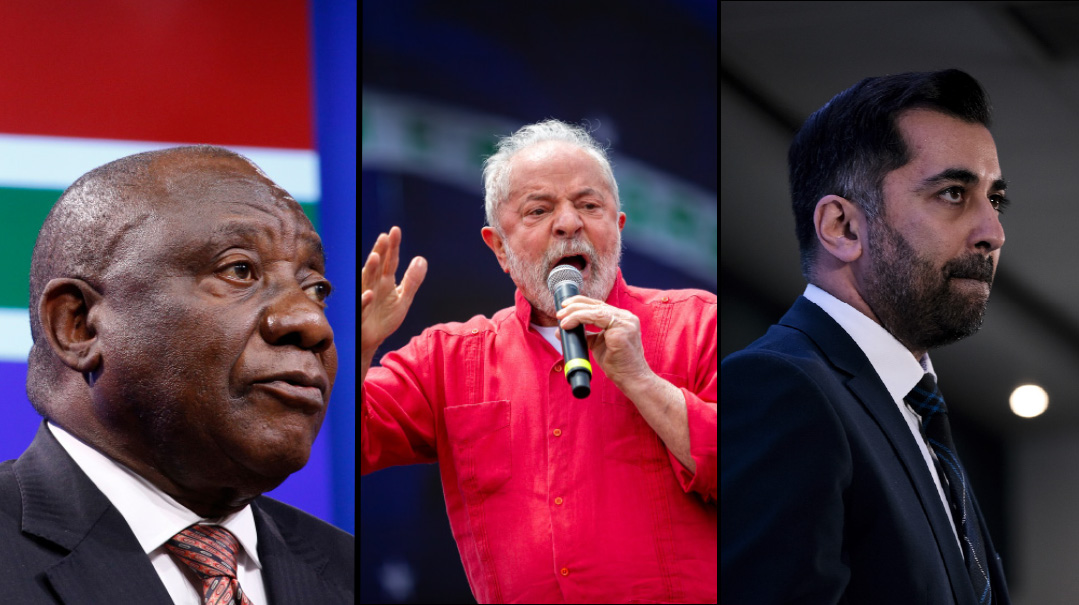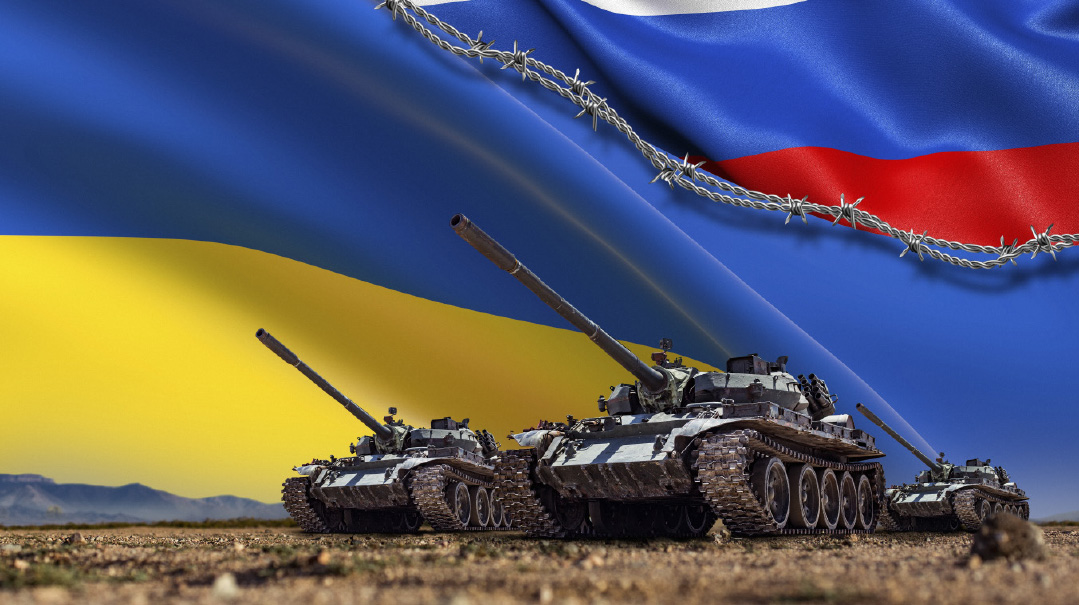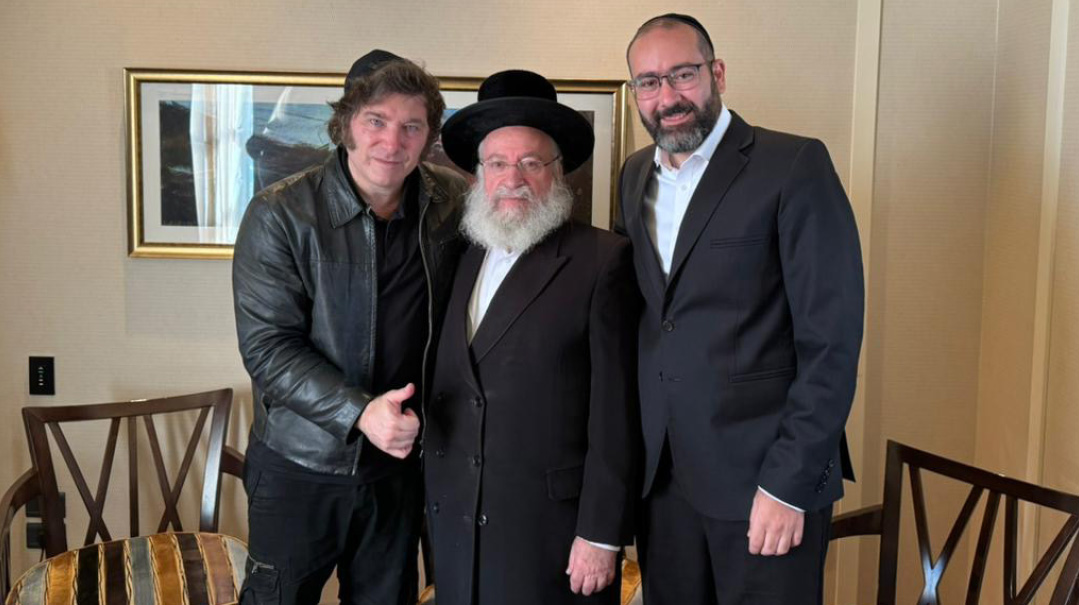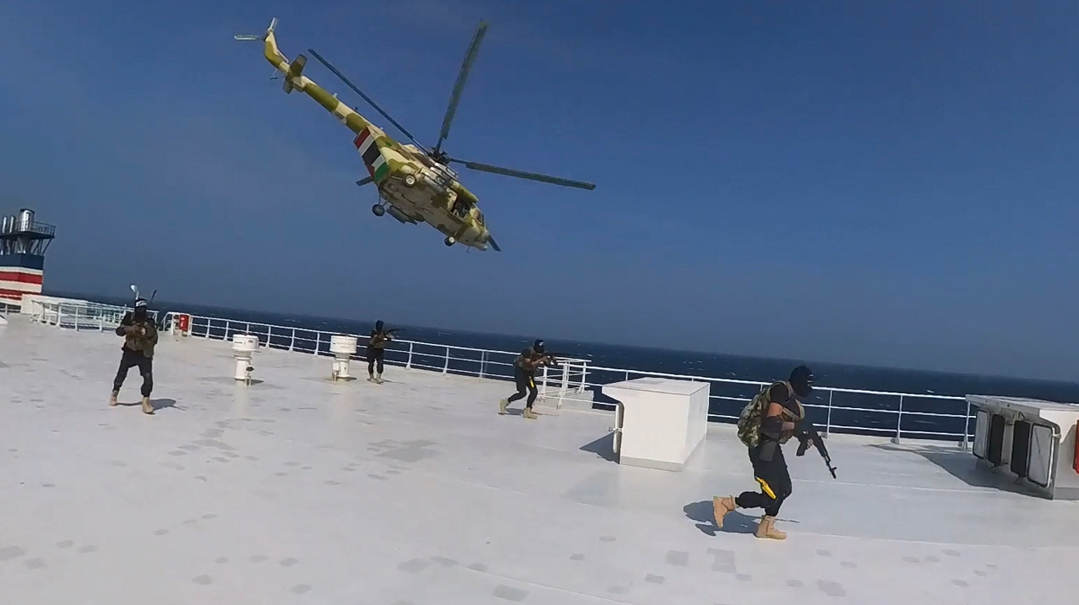Optics

The solution lies in the regular presence of religious women determined to preserve the Kosel’s sanctity
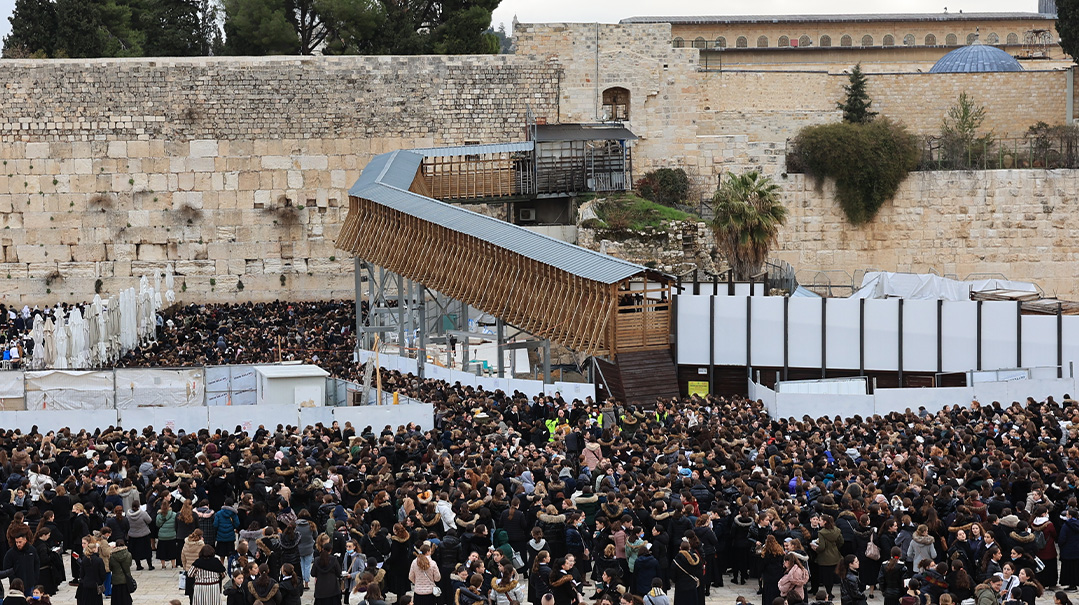
It’s been a few years since it last happened, but last Friday saw the return of Bais Yaakov students en masse to the Kosel. Billed as a yom tefillah over the suffering of the Ukraine war, it was also a response to the return of the Reform–Women of the Wall effort to use the Kosel as a battering ram to gain wider acceptance for heterodox efforts across Israeli society.
The idea of answering Women of the Wall’s Rosh Chodesh performances with the dignified tefillah of frum girls was the brainchild of Rabbi Pesach Lerner, now founder of Eretz Hakodesh. It recognized the PR disaster generated by the previous response, with religious men jeering the Reform women’s gathering.
The threat by religious MKs last month to bar the entry of Reform Knesset member Gilad Kariv from bringing a sefer Torah into the Kosel by force would also have been a propaganda coup for Kariv.
Even more than the previous story, the solution to the Kosel provocation lies not in hoarse threats from religious politicians, but in the regular presence of religious women determined to preserve the Kosel’s sanctity.
History Desk
The last time infantry managed to stop armored columns in their tracks with mass deployment of anti-tank rockets, it was Russian missiles deployed by Egyptian soldiers against IDF tanks in the Yom Kippur War.
The lesson that the Suez Canal battles should have taught Russian commanders was that determined foot soldiers equipped with advanced anti-armor missiles are a match for main battle tanks.
Ever since the Yom Kippur War, the balance of terror between infantry and tank has seesawed, depending on the technology of missiles and armor.
But it’s a lesson that needs to be learned anew every few years. As British defense secretary Ben Wallace said last week, “The proliferation of precision and technology that allows an NLAW (light anti-tank weapon) to destroy tanks such as T-80s has got to mean you ask questions about where you put your investments.”
Upside Down
There are many v’nahafoch hu aspects to the current Ukraine crisis playing out around Purim time. A president of Ukraine with Jewish roots leading the historically anti-Semitic country; the head-spinning U-turn executed by new German chancellor Olaf Scholz in moving his country from pacificism to rearmament; the dramatic downfall of Russian oligarchs now barred from living it up in the West.
But there’s another thing: a sense of rolling crisis stretching back almost a generation.
The renewed threat of nuclear war in Europe has effectively ended all thought of the pandemic that ruled headlines for two years. That in turn came on the heels of unprecedented political upheaval across the West, which followed on from a decade of financial instability, which was preceded by the era of Islamic terror.
We don’t know where any of this is headed. But as the Chofetz Chaim said a century ago, after Europe was upended by World War I, Hashem is spinning the wheels of history ever faster, bringing us to a new world order.
(Originally featured in Mishpacha, Issue 902)
Oops! We could not locate your form.
